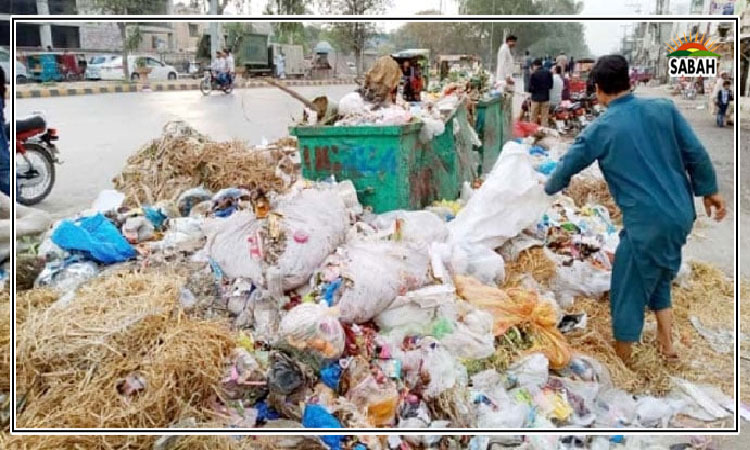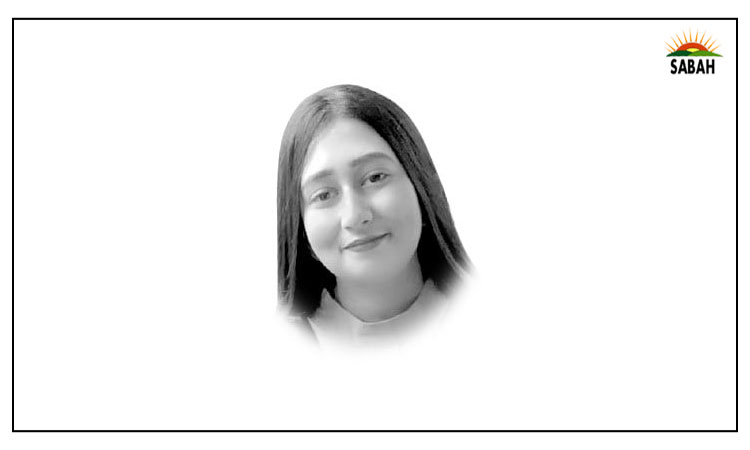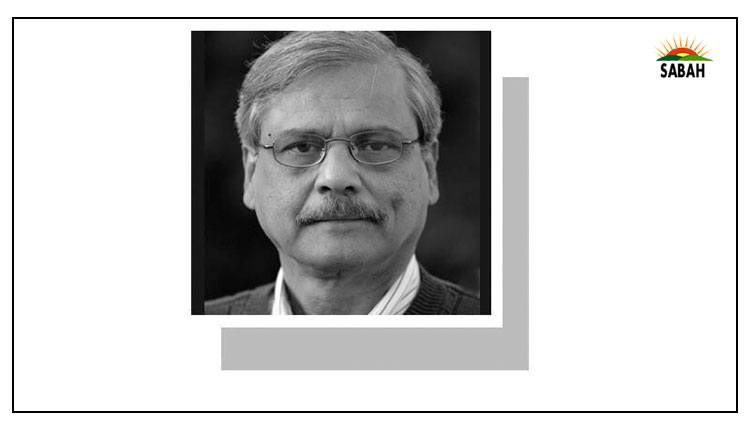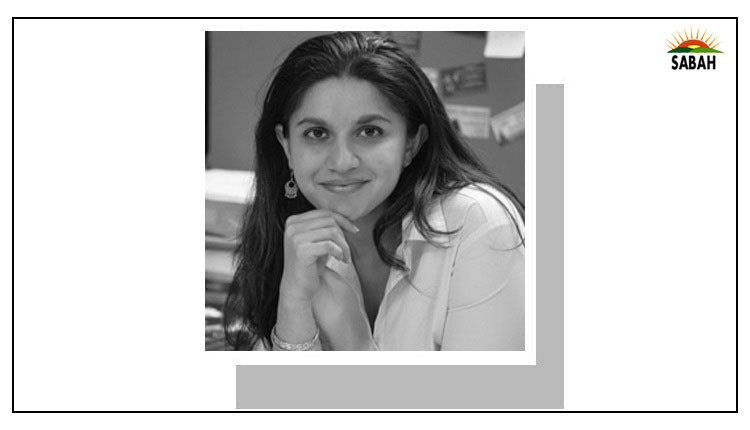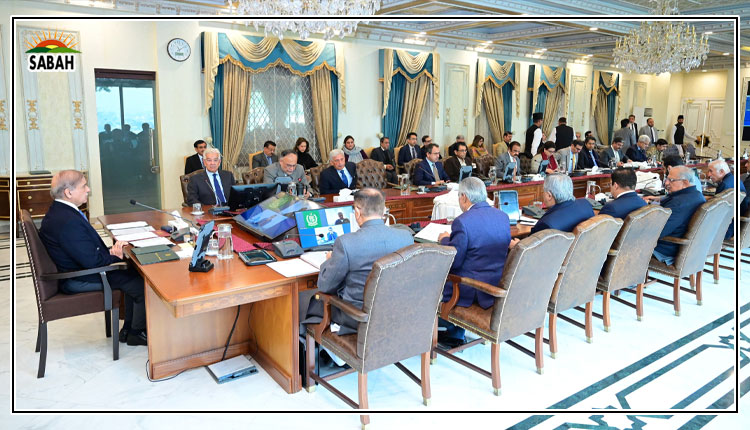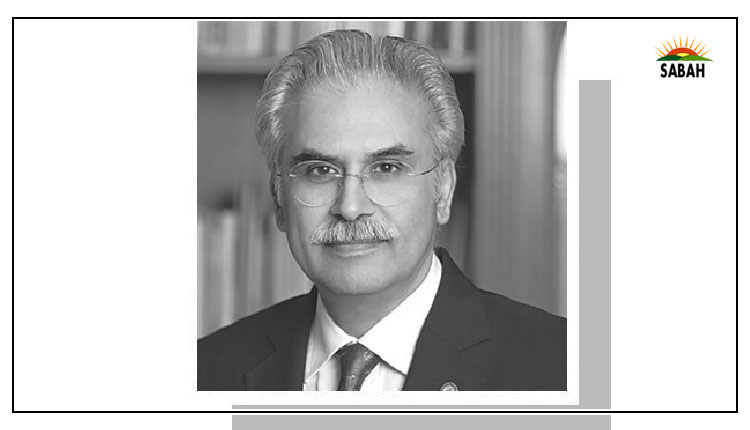Making health systems work…Zafar Mirza
HEALTH systems are amorphous. They are also diverse and complex. They reflect societies and evolve with them. There is hardly any discussion about healthcare in which the word system is not mentioned and yet conceptually, it is hard to set boundaries of health systems and to come up with an authentic definition. The best shot and the most quoted definition came from the World Health Report 2000: health systems include all the institutions, actors and activities whose primary purpose is to promote, restore or maintain health.
As worldwide demand for better healthcare has risen, so has the policy quest and ambition for health system reforms for making systems work optimally to meet peoples expectations. The more obvious challenges in this regard are the lack of political will and fiscal prioritisation but there are also underlying major difficulties in conceptualising, assessing and improving systems so that they can produce better healthcare and improved health outcomes. These challenges are most stark in low- and middle-income countries (L&MICs).
Over the last quarter of a century, the policy focus on health systems has intensified. In parallel, conceptual and academic work has evolved and is gradually crystallising into an academic discipline, ie, health system studies. There are a number of reports and manuals by agencies including the WHO, World Bank and USAID. Authors have written on various aspects of health systems. Roemer, Kleczkowiski, Elling, Soucat, Paina, Scott, Kielman, Smith and many others have contributed to developing understanding about the health system. In 2016, the WHO produced Strategising National Health in the 21st Century: a Handbook. Until recently though, there was no one stop-shop textbook on the subject.
Making Health Systems Work in Low and Middle Income Countries: Textbook for Public Health Practitioners is not only the first such work but is also led by a health system scholar from Pakistan. The venture is a great example of global collaboration. Sameen Siddiqi, former WHO director of Health System Development and until recently chair of the Department of Community Health Sciences, Aga Khan University, led a team of editors/authors: Awad Mataria, a Palestinian, health economist and currently director of Universal Health Coverage/Health Systems at the WHO, Katherine Rouleau, a Canadian family physician and director WHO Collaborating Centre on Family Medicine and Primary Care, University of Toronto, and Meesha Iqbal a PhD student at UTHealth School of Public Health, US.
The book is a treatise of rich and diverse contributions on almost all important aspects of healthcare systems. The ethos of the book lies in narrowing the gap between what needs to be done and how to do it to strengthen health systems.
It has 37 chapters organised in two sections. Section one is titled Analysing Health Systems: Concepts, Components, Performance; it has 14 chapters. It has dedicated chapters on conceptual frameworks of health systems, primary health care (PHC), universal healthcare (UHC) and all building blocks of the health system: governance, financing, health workforce, pharmaceutical system and its regulation, health information system, health services, community engagement, attributes of the health system and assessment approaches, decision-making tools and health system research.
The second section has 23 chapters under the title Transforming Health Systems: Confronting Challenges, Seizing Opportunities. This section includes chapters on UHC and intersectoral policies, pro-poor health financing, health insurance, strategic purchasing, good governance and leadership, developing a balanced health workforce, equitable access to medicines and health technologies, from data to decision-making, research for evidence-informed decisions, integrated healthcare, strengthening hospitals, quality and safety of healthcare, private healthcare, public-private partnerships, the Thai experience on community engagement, achieving health-related SDGs, addressing the determinants of health, essential public health functions, healthcare recovery process, the health system response to Covid-19, understanding the global health architecture, the political economy of health reforms, and how to make health systems work for better health outcomes.
Around 100 authors from 36 countries across the world have contributed to this magnum opus on health systems. It is the most gigantic effort to date to bring together varied concepts, global perspectives, experiences and practices aimed at making health systems work in L&MICs. It contains around 70 text boxes on national examples.
There are superlative endorsements of the book from Julio Frank, president of the University of Miami, Anutin Charnvirakul, deputy prime minister of Thailand, Mamta Murti, vice president for Human Development, World Bank and Dr Ahmad Al Mandhari, WHO regional director for the Eastern Mediterranean.
As a first textbook on health systems, it has been welcomed by the global health community. A multicity launch of the book took place in January 2023 simultaneously from Karachi, Cairo, Cambridge, Toronto and Houston. Cambridge University Press has published the book in paperback to keep the price low but still it is high for most in L&MICs. Maybe special prices can be negotiated for bulk purchases for L&MICs. According to the CUP website, there have been 10,982 book summary page views to date. Amazon has also made it available as downloadable on Kindle. Dr Sameen Siddiqi has already received requests for the translation of the book into Persian and Arabic.
Whereas the book has been given such a warm reception globally, it has hardly created a stir in Pakistan. Strengthening health systems in Pakistan is the crying call of our times. Not only should we educate ourselves about what it takes to improve the health system, we also have an additional reason to celebrate the birth of this book as it has been led by a compatriot who is a globally well-respected health system specialist. But here, until now at least, the work has hardly been noted let alone appreciated outside the AKU academic circle. The local public health community is largely oblivious to it.
Libraries in general, and health institutions in particular, must consider having the e-version of the book for easy access for their students and faculty, and those more interested must buy a copy. It would be a good investment with guaranteed good returns.
Courtesy Dawn




